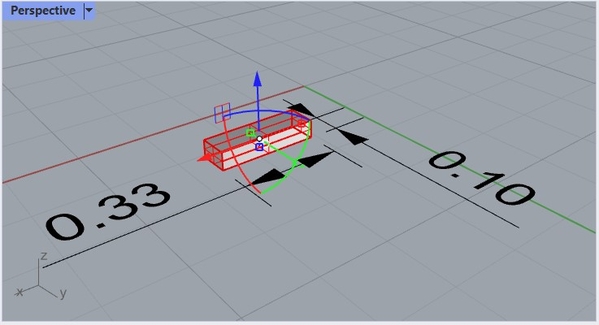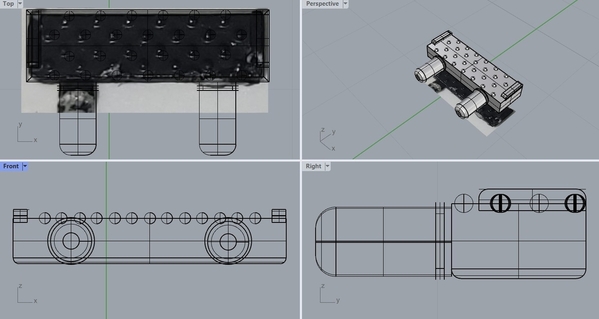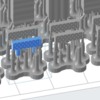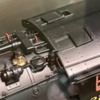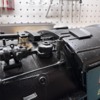I had a problem... I had this Aux Water Tender and the previous owner had obviously abused it, almost every one of the stanchions were broken! I made a glue attempt several times, but either the material or the size made it difficult to impossible to get something that would stand even the gentlest of handling. Of course, these are unobtainable from Lionel, why stock the part that's most likely to break?
A conversation about the possibility of 3D printing the stanchions with @AlanRail yielded a perfect answer! He generously 3D printed an entire set of stanchions to the exact specifications needed to repair the tender. The only extra step was painting them black from the gray plastic color, that was really easy!
Disassembling the railings was a big interesting, these were obviously not meant for maintenance. However, it was accomplished, and now my tender has returned to it's former glory!
After seeing the level of detail possible with a decent 3D printer, I can imagine a parts revolution for obsolete parts, the stanchions have amazing detail for something so tiny!














